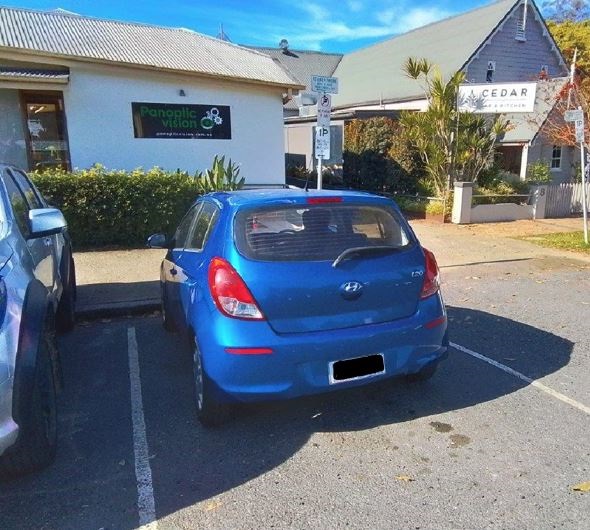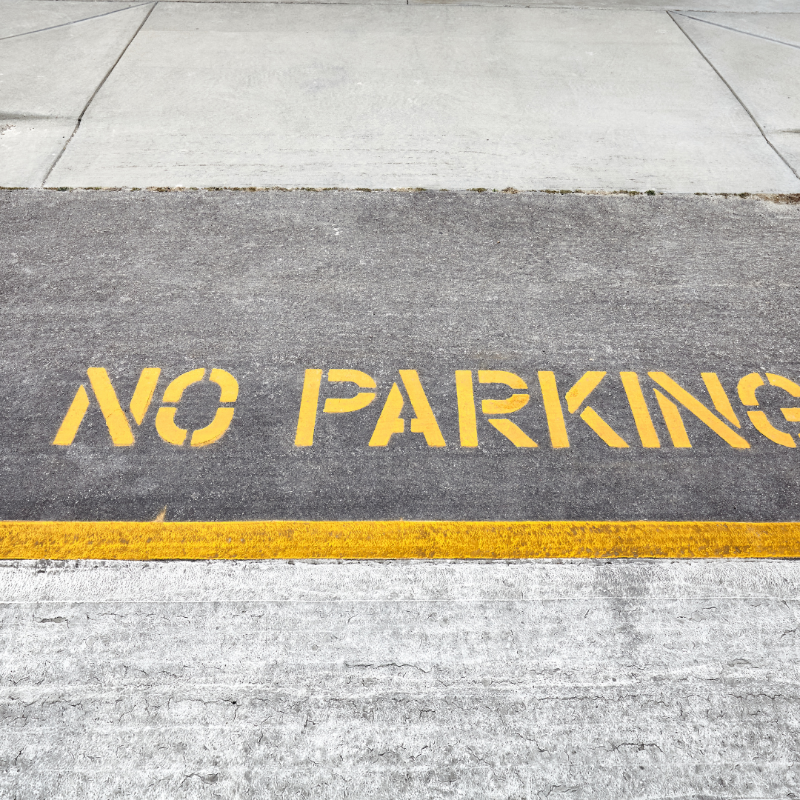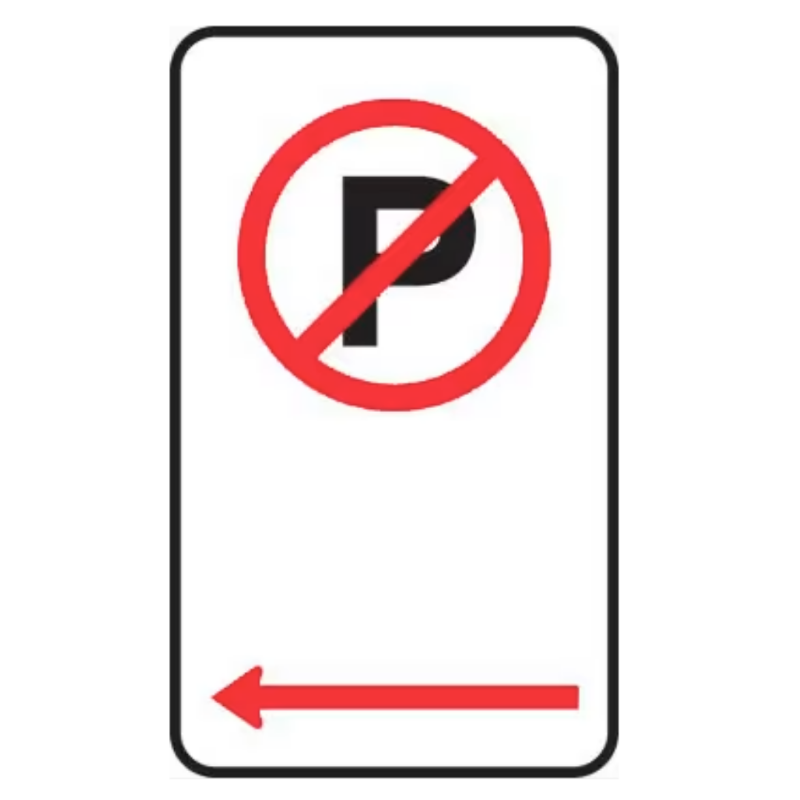Parking Control
Parking rules are in place to ensure parked or stopped vehicles do not affect local access or traffic flow. We have an obligation to enforce the NSW Road Rules to ensure the safety of everyone. Further information on safety and rules on NSW roads can be found via Transport for NSW.
This information will help you understand some of our parking rules in the Bellingen Shire
Rear to kerb parking in CBD areas

Vehicles in the Bellingen Shire are required to park rear to Kerb in the town site's CBD's (Dorrigo, Urunga and Bellingen) where signs indicate rear to kerb. This is for safety reasons; if you drive in forwards and park, you cannot see clearly when reversing out into the busy streets.
Restricting traffic flow and waste collection

Motorists must leave at least 3m of clear roadway between their vehicle and parked vehicles on the other side of the road, dividing strips, traffic islands or double unbroken dividing lines. This allows large vehicles such as waste trucks to access local street.
Parking on nature strips or footpaths

We understand that people sometimes use the nature strip because they feel it is safer than parking on the road, especially in streets that are narrow or where there is not a concrete kerb and gutter. However, the reality is that parking fully or partially on nature strips and footpaths, regardless of the intention, or whether there is a concrete kerb installed, is illegal.
Heavy vehicles

Heavy vehicles with a Gross Vehicle Mass (GVM) of 4.5 tonnes or more or long vehicles, 7.5m or longer, can only park in a built up area or where a 50kmh speed limit applies for one hour.
Continuous yellow line

Continuous or unbroken yellow lines on the side of roads indicates no stopping. A driver must not stop at the side of a road marked with a continuous yellow line and keep clear so that drivers and pedestrians have a clear view of each other and road safety is maintained.
Blocked driveways

Motorists must not park on or across a driveway or prevent access to a property. This restricts pedestrian access and can reduce visibility for other road users. This includes parking in your own driveway outside of the property boundary.
Caravans and trailers

Registered vehicles can be parked on a residential street provided it does not exceed the weight and length limit. Registered vehicles less than 4.5 tonnes in weight (GVM – Gross Vehicle Mass) or less than 7.5 metres in length can park on residential streets for an unlimited time. Vehicles larger than this can only park on a residential street for a maximum of 1 hour unless otherwise specified by a parking sign.
No parking

You must not park on a road or in an area where there’s a ‘No parking’ sign. This may be all the time or at certain times, as shown on the sign. You can stop for less than two minutes if you stay within 3m of your vehicle, if you’re dropping off or picking up passengers or loading or unloading items. If you have a Mobility Parking Scheme (MPS) permit, you can stop for up to five minutes.
No stopping

The ‘No stopping’ sign means you must not stop at any point on the road or kerb in the direction of the arrow, unless in an emergency. ‘No stopping’ areas are sometimes marked by an unbroken yellow edge line. Restrictions may apply at certain times only, as shown on the sign.